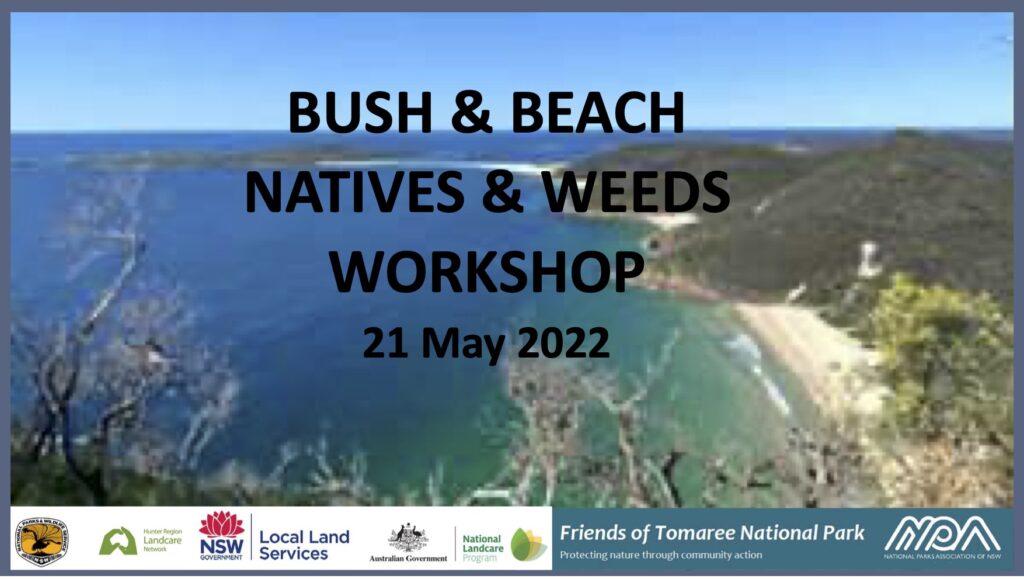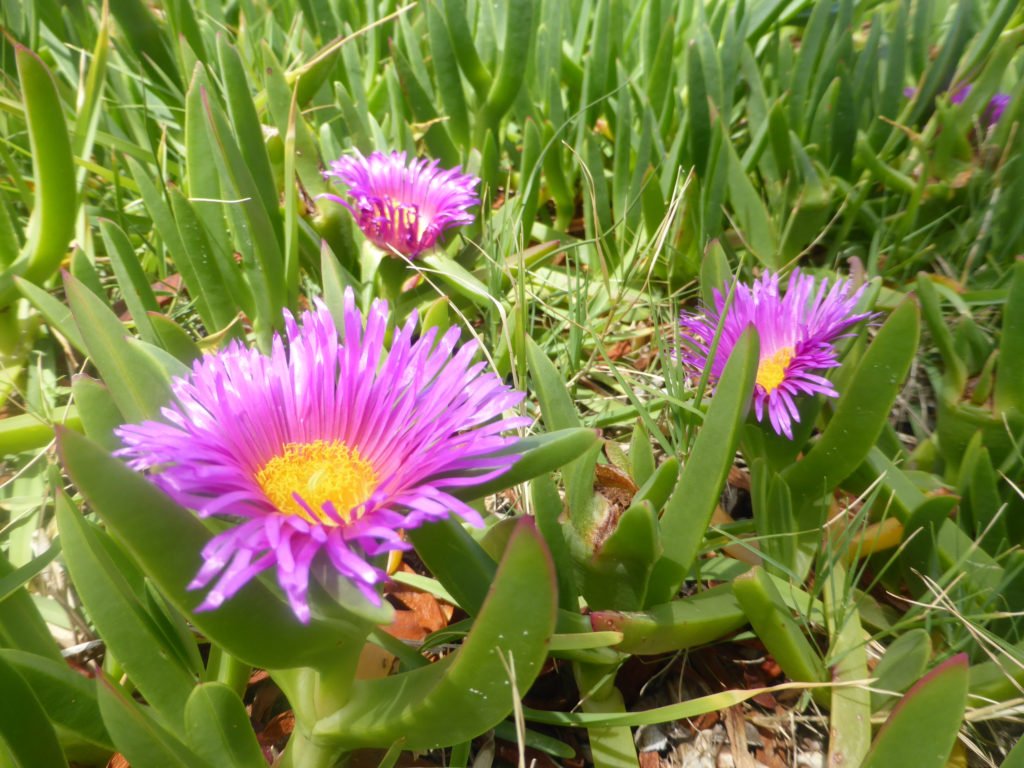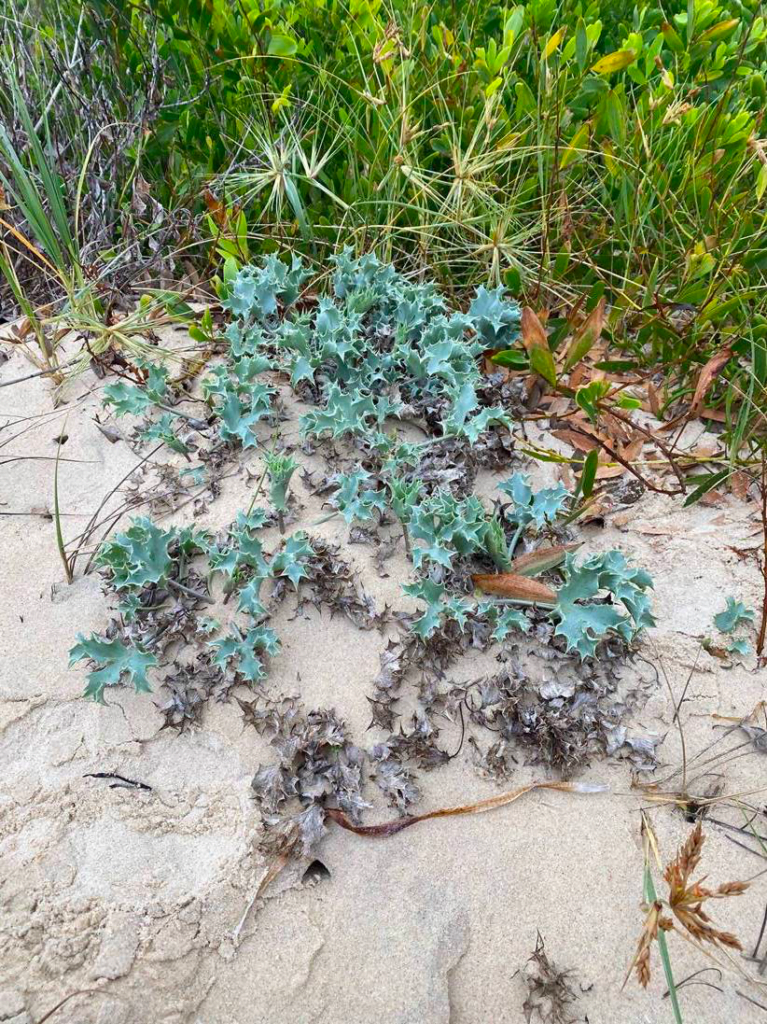We’re all familiar with a variety of sprawling plants creeping over the beach sand, with low bushes inland of the beach. Do you know which are natives, and which are weeds invading and displacing our natives. Here we’ll help you find out more and learn to distinguish them.
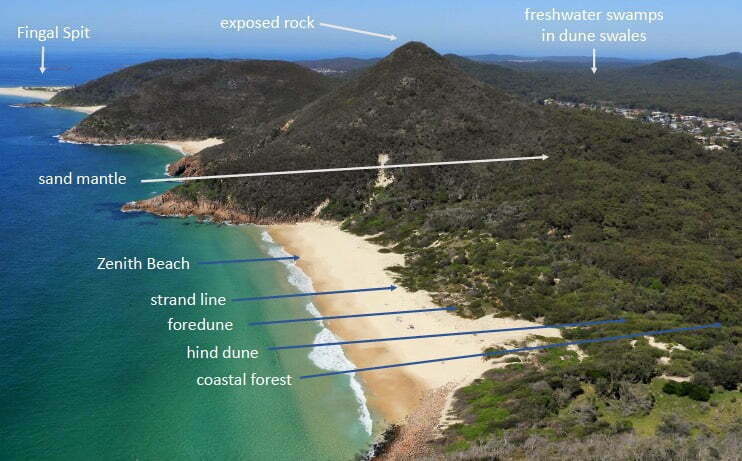
Plant communities growing on beaches and dunes are influenced primarily by the sand they’re growing in (substrate), wind and salt spray.
Nearer the sea…
— the sand is lower in nutrients and moisture, increasing moving landward.
— exposure to strong winds, salt spray and sandblast is stronger, decreasing moving landward.
This usually creates three main dune vegetation zones — Strandline, Foredune and Hind dune vegetation — arranged roughly parallel to the coastline (Dune vegetation information adapted from Coastal Dune Plants Clarence Coast). The dune vegetation then protects the Coastal forest.
Click on the headings below to find out about the Native Coastal Plants and the Weeds in each zone.
Check out an overview of the Bush & Beach 2022 workshop – Coastal Natives Plants and Weed Look-a-likes, for the Friends of Tomaree National Park and community.
The National Parks Association and its Friends of Tomaree National Park hosted the workshop, with support from the Hunter Region Landcare Network and the Hunter Local Land Services through funding from the Australian Government’s National Landcare Program.
More fact sheets will gradually supplement those below.
Native Coastal Plants
The Tomaree Coast has a wide range of native coastal plants which feature in different communities across the dune zones. Be sure to CLICK on each heading below to open up a description of each plant and see the fact sheet download for some plants .
Strandline plants
Plants are extremely hardy and can tolerate salt spray, strong winds, sand abrasion and occasional inundation. On the strandline, hardy herbaceous stabilising plants nearest the sea include Pigface, Beach Spinifex and Fan flower. They grow with the foredune’s stunted windswept shrubs and trees.
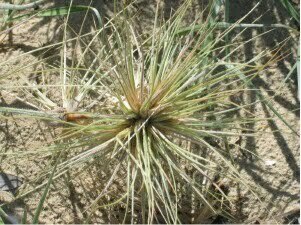
Hairy or Beach Spinifex, Spinifex sericeus
Creeping grass with long stolons

Pigface1, Carpobrotus glaucescens
Succulent, sprawling herbaceous plant
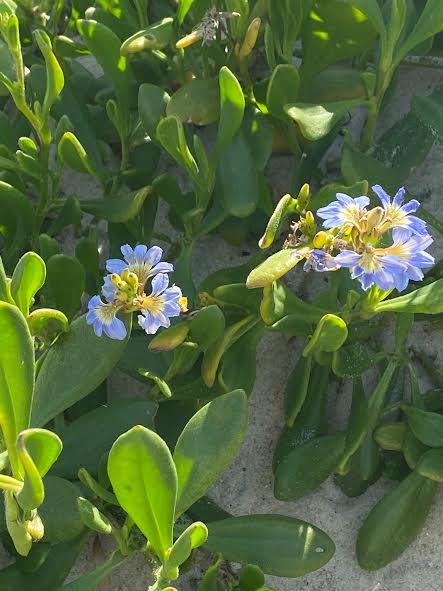
Fan Flower1, Scaevola calendulacea
Vigorous trailing succulent ground cover, to small shrub – download factsheet
May twine through Bitou bush. Care needed not to confuse with young Bitou – download identification guide
Note 1: these plants are also found in the foredunes
Foredune plants
Scrub or woodland plants on frontal sand dunes, including windswept shrubs and stunted trees. Here stunted windswept shrubs and trees grow, along with the hardy plants such as Pigface and Fan flower also on the Strandline
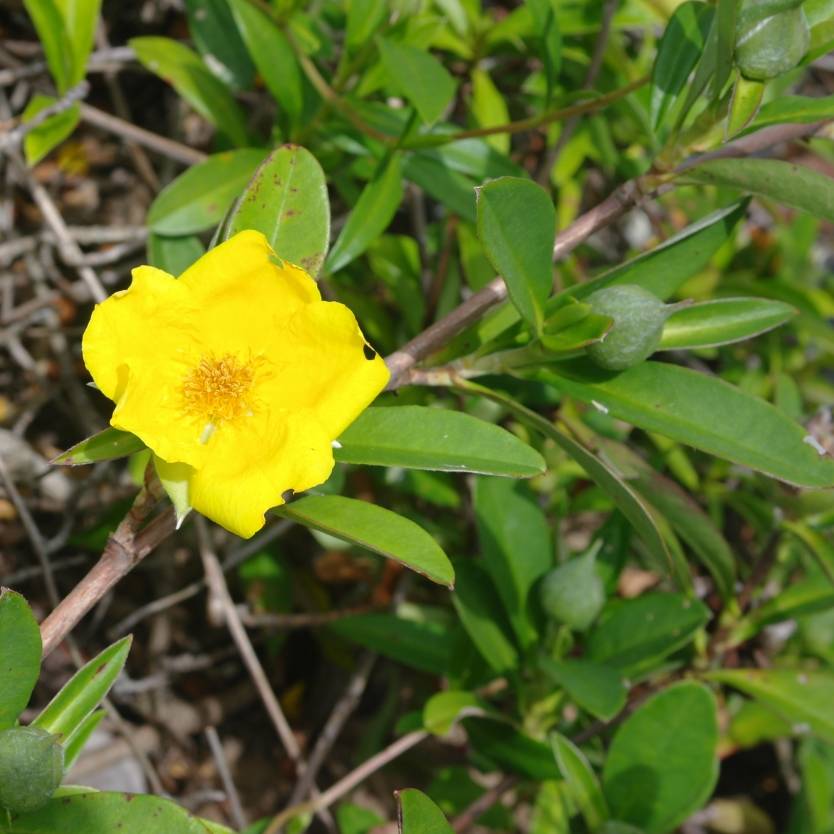
Trailing Guinea Flower2, Hibbertia scandens
Twining vine, can also grow shrub-like – download factsheet
May twine through Bitou bush. Care needed not to confuse with young Bitou – download identification guide
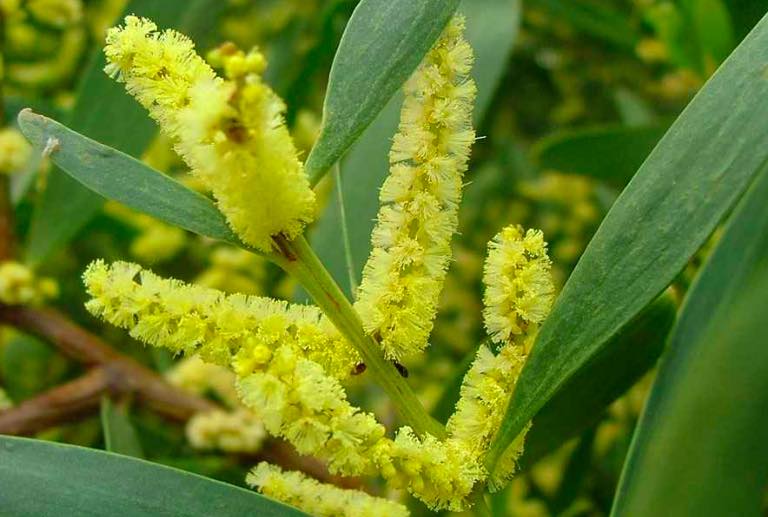
Coastal Wattle2, Acacia longifolia
Low spreading shrub, yellow flower – download factsheet
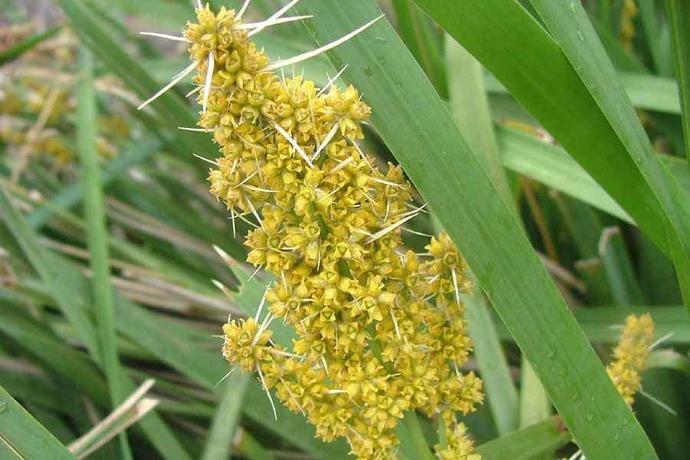
Spiney-headed Mat-rush2, Lomandra longifolia
A hardy strappy grass-like clump – download factsheet
Note 2: these plants are also found in hind dunes and coastal forests
Hind dune
Plants remain fairly intact when protected by a stable frontal dune. Plants in this zone have better access to soil moisture and nutrients than plants that colonise the foredunes and strandline.
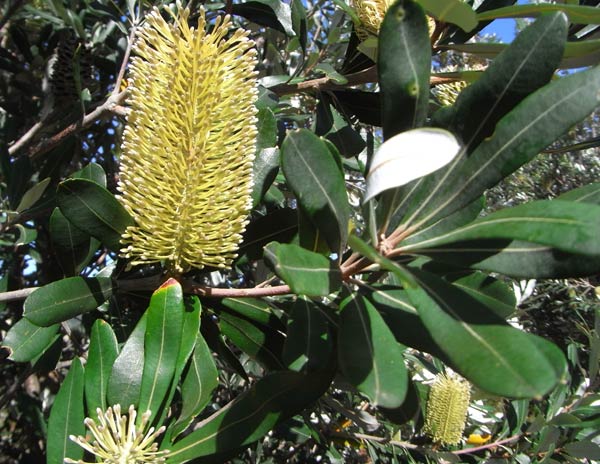
Coast Banksia, Banksia integrifolia
Tall shrub to small tree – download factsheet
Found in Forest, Volcanic Headlands and a variety of habitats
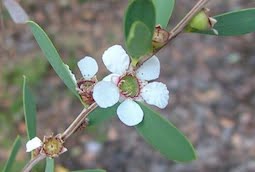
Coastal Tea-tree, Leptospermum laevigatum
Shrub or small tree – download factsheet
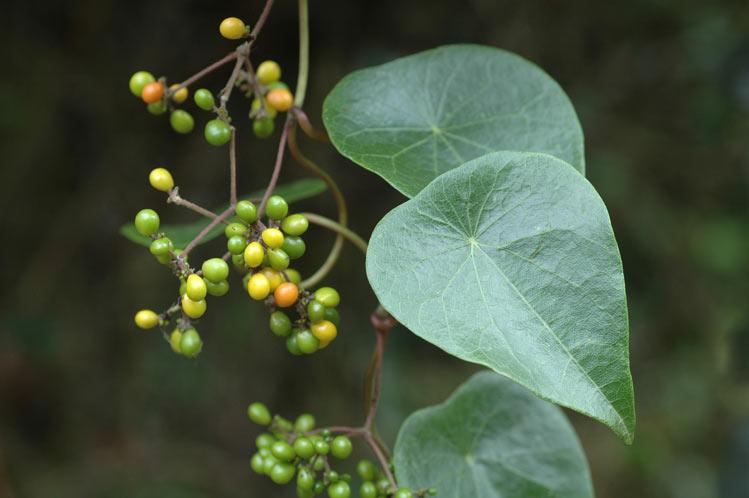
Snake Vine, Stephania japonica
Vine – download factsheet
Note 3: These Hind dune plants also grow on the Foredune and are described in Foredune plants:
- Coastal Wattle, Acacia longifolia
- Spiney-headed Mat-rush, Lomandra longifolia
- Trailing Guinea Flower, Hibbertia scandens
Coastal forests
Along the Tomaree coastline, the dune vegetation zones protect the forests growing on the sand mantle from the salt-laden winds.
- Blackbutt Eucalyptus pilularis
- Smooth-barked Apple Angophora costata
- Saw Banksia Banksia serrata
- Black Sheoak Allocasuarina littoralis
- Monotoca Monotoca elliptica
- Acacias, Peas, Epacrids, Boronias, etc.
- Groundcovers, eg. Commelina cyanea
Volcanic headlands
More coastal vegetation communities grow on different substrates.
- Stringybarks Eucalyptus sp.
- She-oaks Allocasuarina torulosa/distyla
- Acacia binervia
- Honey-myrtle Melaleuca armillaris
- Westringia W. fruticosa
- restricted species: eg. Melaleuca groveana / Cryptostylis hunteriana
Moist gullies & drainage lines
- Wet-adapted species, restricted locations
- Blueberry Ash Elaeocarpus reticulatus
- Sweet Pittosporum Pittosporum undulatum
- Tuckeroo Cupaniopsis anacardioides
- Ferns in understory, eg. Blechnum sp.
Freshwater swamps
More fact sheets to follow…
Invasive Coastal Weeds
Unfortunately coastal weeds establish among our dune vegetation. Some such as Bitou are particularly invasive, smothering our native vegetation.
Strandline & Foredune weeds

Bitou Bush1, Chrysanthemoides monilifera
Ranges from low sprawling to erect shrub. Young Bitou particularly is easily confused with several native plants – download factsheet about its Native Look-a-likes
Found in Foredune, Hind dune, Coastal forest, Volcanic headlands.
Highly invasive replacing native plants. High priority to control, designated a WONS, Weed of National Significance.
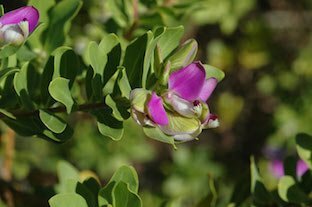
Myrtle-leaf Milkwort2, Polygala myrtifolia
Small to large shrub, – download factsheet about its Native Look-a-likes
Invades Foredune and Hinddunes, displacing native shrub layer. Medium priority to control.

Sea Holly Eryngium maritimum
Grows in exposed conditions though not persistent once shaded. Low priority to control from an invasive perspective, though recreationally unpleasant for bare feet.
Notes:
- Bitou Bush Chrysanthemoides monilifera is a Foredune weed, as well as a Hind dune and Coastal forest weed
- Myrtle-leaf Milkwort Polygala myrtifolia is also a Foredune weed
Hind dune weeds
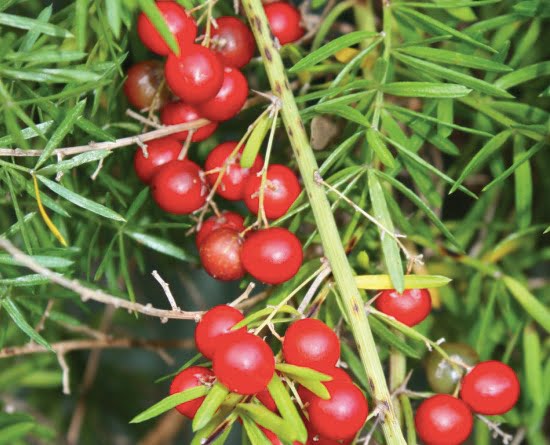
Asparagus Fern3, Asparagus aethiopicus
Ground asparagus forms dense blankets, crowding out native plants – read more here and here . High priority to control, High priority to control, designated a WONS, Weed of National Significance.
Eradication is by ‘Crowning’, watch you tube on crowning’ for removal
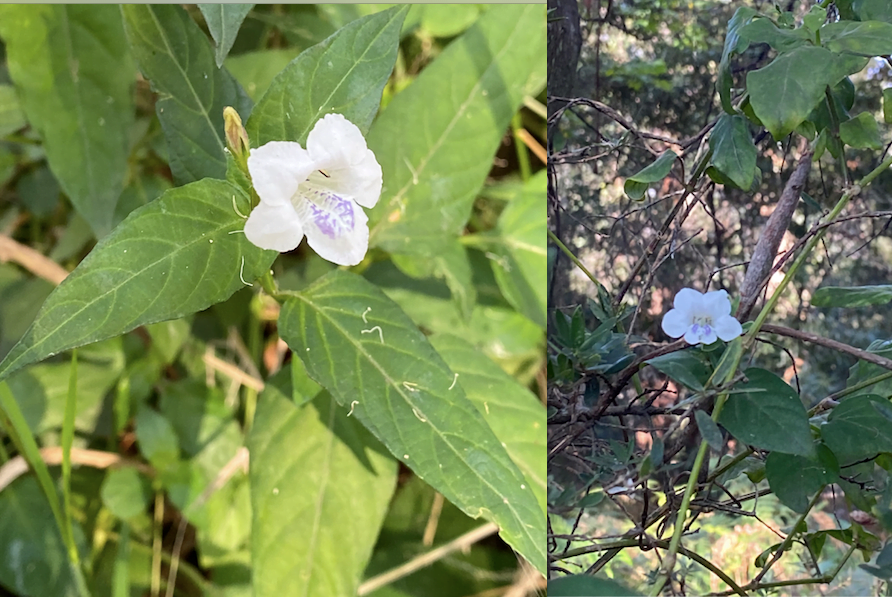
Chinese Violet3, Asystasia gangetica subspecies micrantha
A rapidly growing perennial creeper, able to completely smother vegetation, removing habitat and reducing biodiversity. Introduced to Australia at Boat Harbour. High priority to control, designated a WONS, Weed of National Significance – download factsheet
Notes:
- Asparagus Fern and Chinese Violet are found in Hind dune and Coastal forest, with Chinese Violet particularly problematic in moist gullies.
- Bitou Bush is particularly invasive throughout the Zones, found in Foredune, Hind dune, Coastal forest and Volcanic headlands.
Resources
- Tomaree Plants — a great photographic resource of plants on the Tomaree Peninsula from local naturalist Philip Diemar. Plants listed by species (scientific and common names) as well as by habitat.
- WONS — Weeds of National Significance
- Coastal Dune Management — A Manual of Coastal Dune Management and Rehabilitation Techniques NSW 2001
- Bitou bush management manual — current management and control options NSW 2008
- iNaturalist
- Australian Network for Plant Conservation — see references under seashore plants


